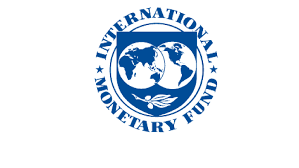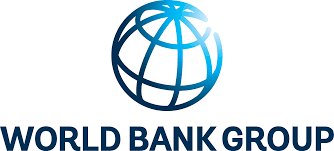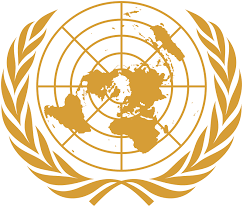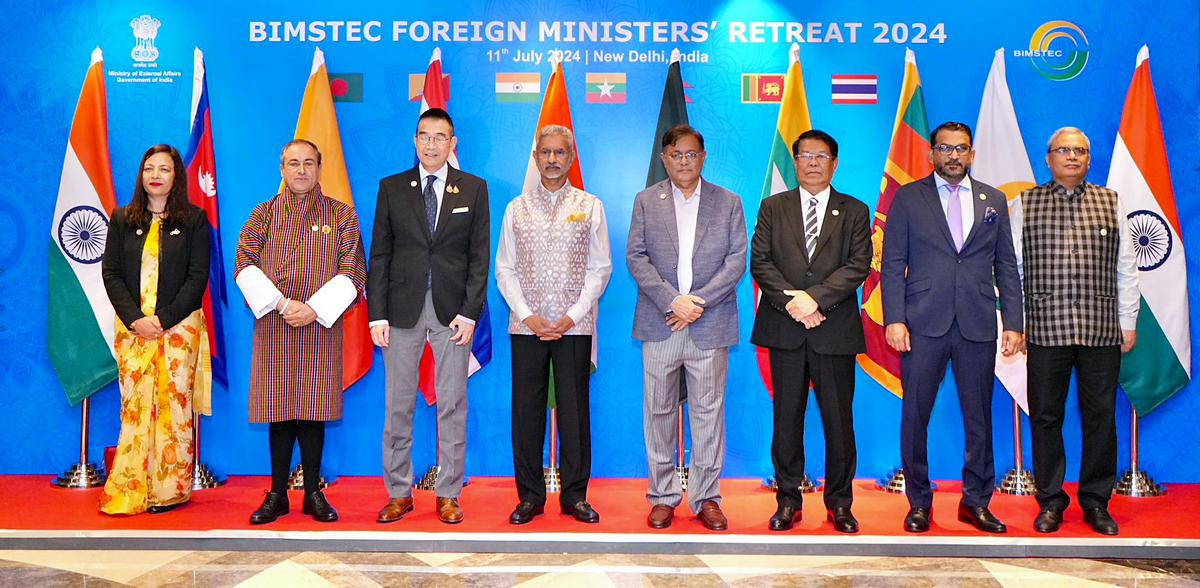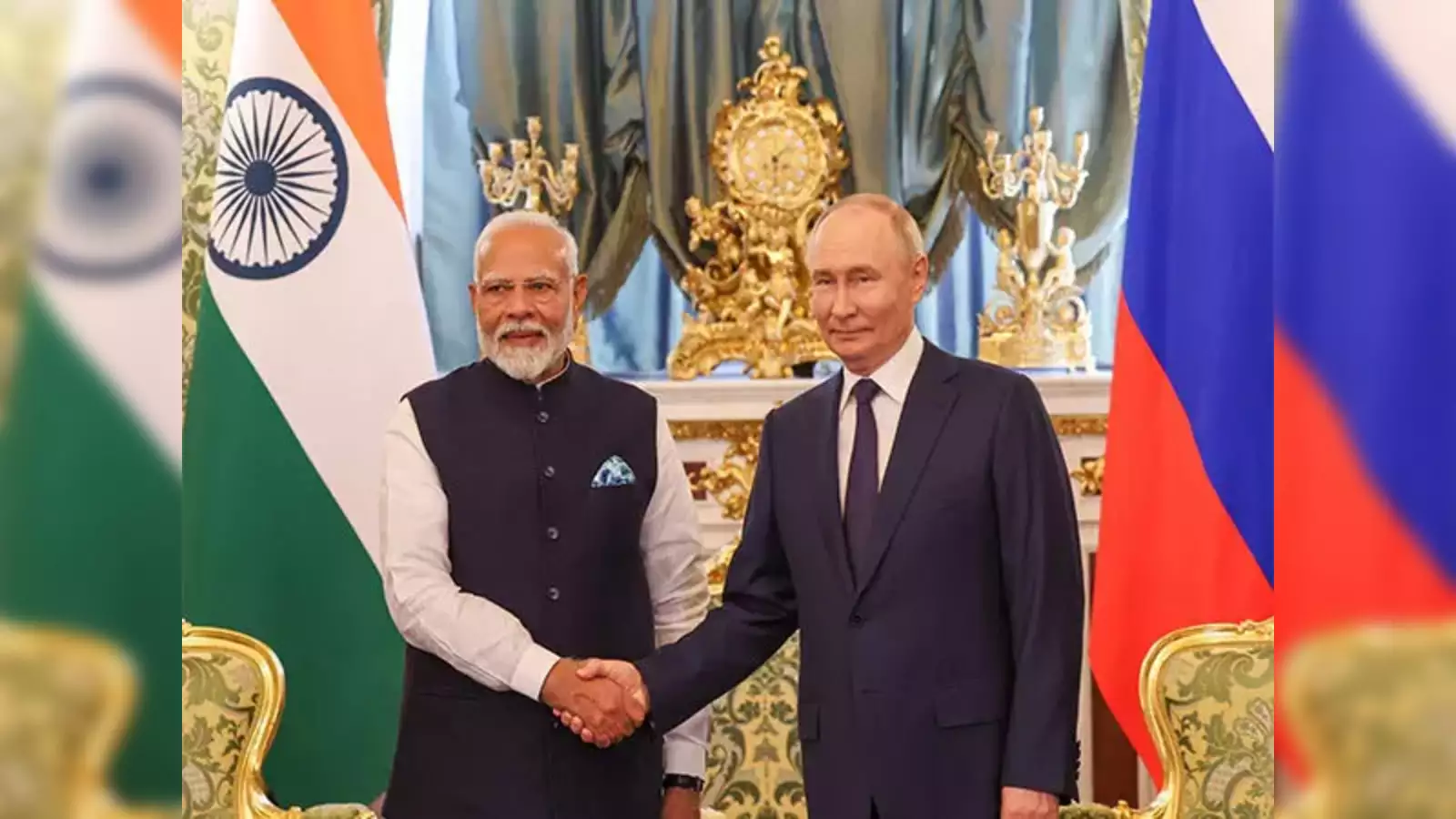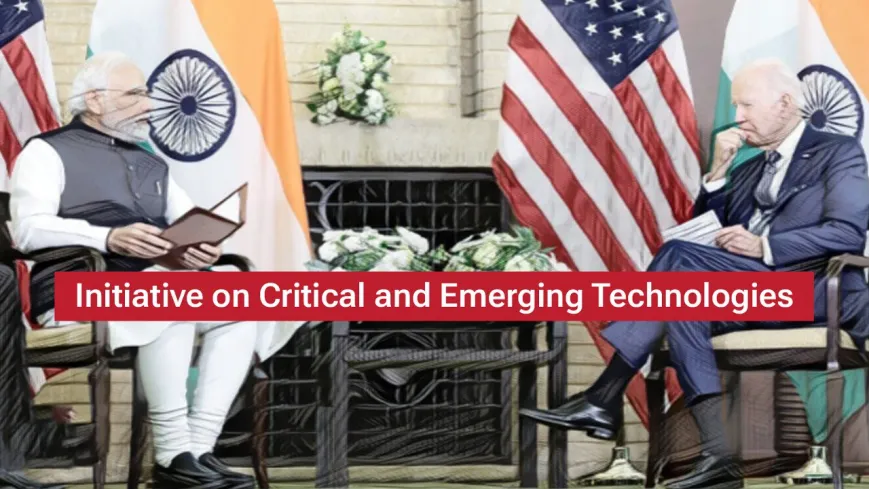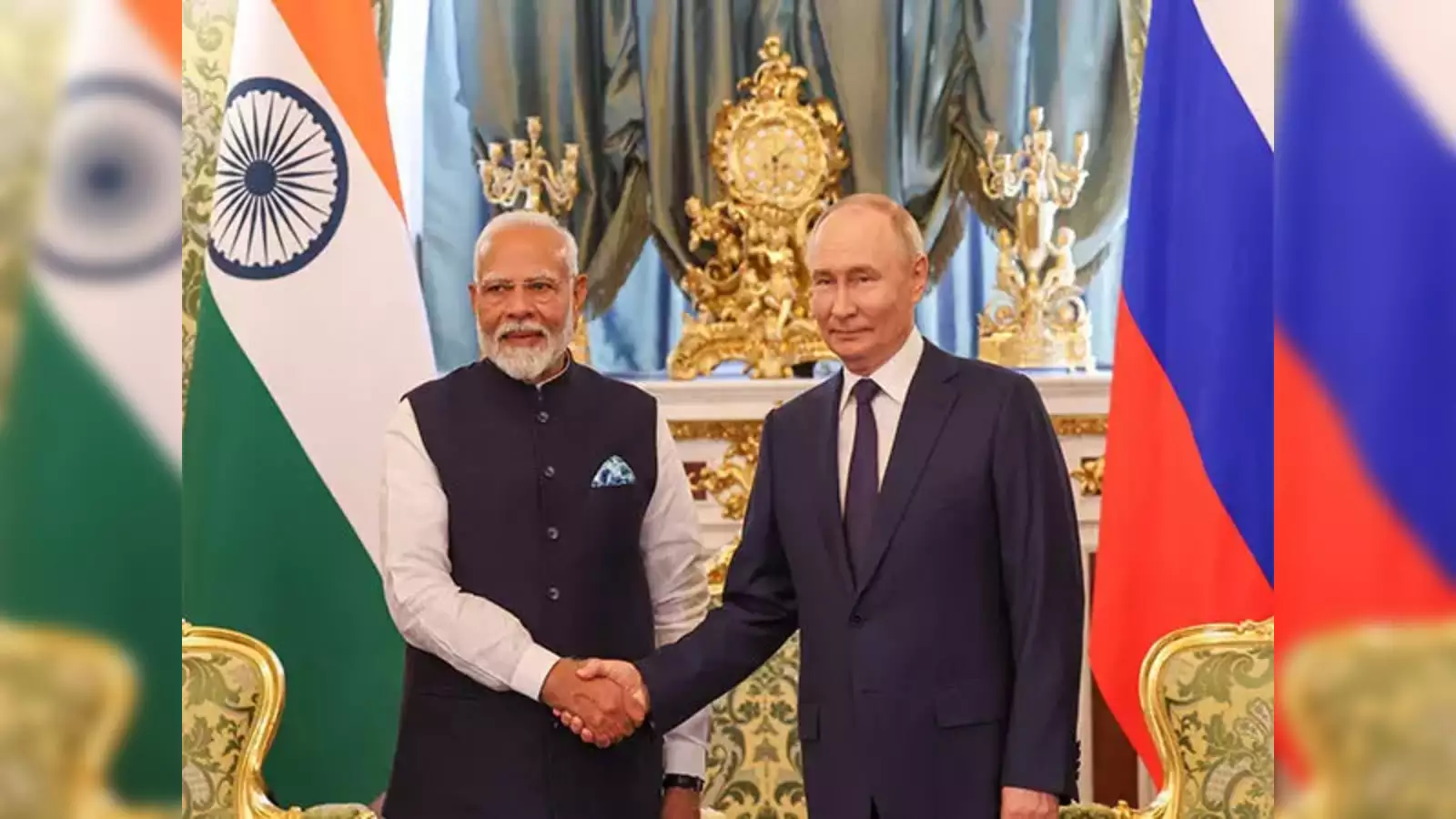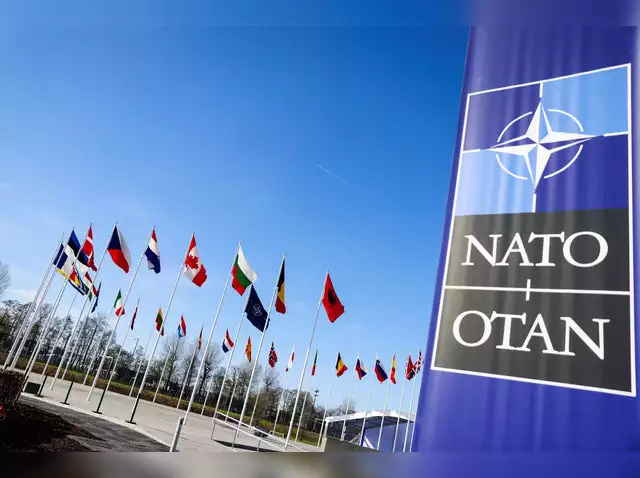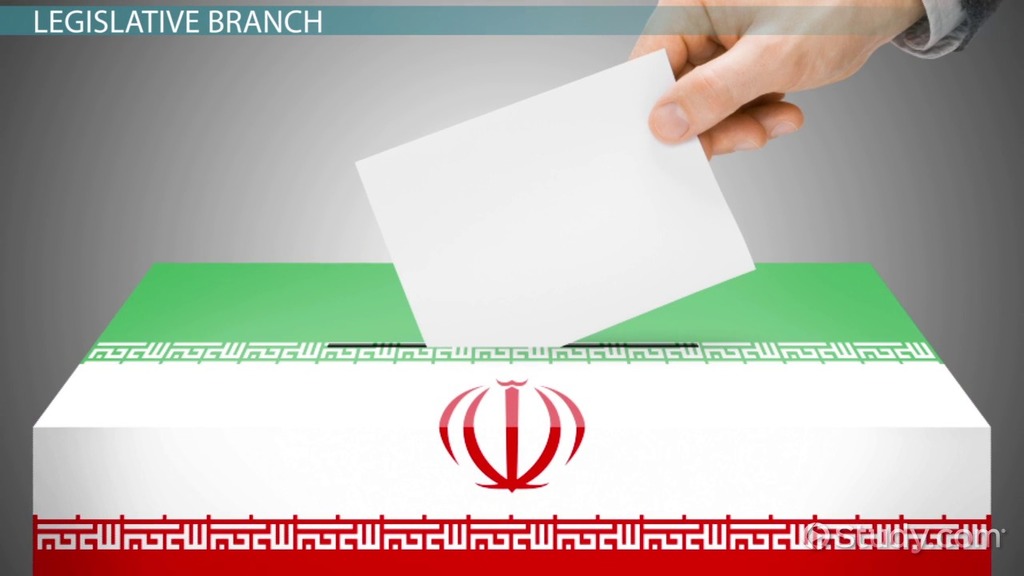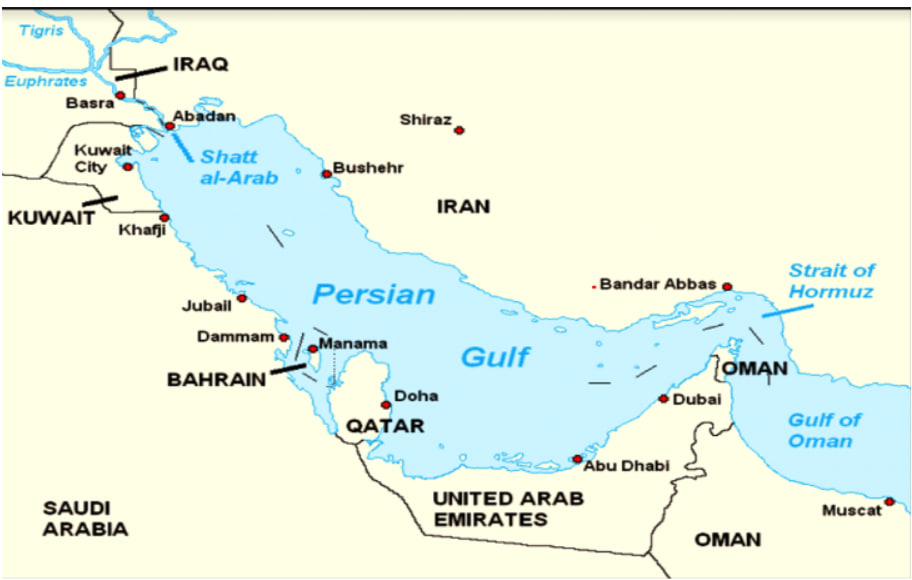The Hindu: Page 06
Syllabus : GS 2 & 3 : Governance & Indian Economy

Context :
- The article discusses India’s new Employment Linked Incentive (ELI) scheme, marking a shift from previous economic policies focused on GDP growth to direct job creation.
- It critiques past strategies like ‘Make in India’ and production-linked incentives, highlighting the need for employment-focused policies to address the country’s job deficit.
Introduction: A Shift in Economic Policy
- The Indian government has announced a new Employment Linked Incentive (ELI) scheme aimed at encouraging companies to hire more employees by providing financial incentives for each new hire.
- This initiative marks a significant departure from previous economic policies, reflecting a shift from a reliance on GDP growth to a focus on job creation and addressing the capital-labour imbalance.
About Employment Linked Incentives (ELI)
- The ELI scheme is an acknowledgment of the shortcomings of previous strategies, offering direct incentives to corporations to increase employment rather than relying on indirect methods.
- By lowering marginal labour costs, ELI is expected to encourage companies to hire more people, paralleling the logic of production incentives in the PLI scheme.
- Unlike the Production Linked Incentive (PLI), which focuses on increasing production, Employment Linked Incentive (ELI) aims to ensure that the economic benefits reach the workforce, thereby addressing the broader goal of economic development and improved living standards.
Government’s Failure of Initiatives
- Previous Economic Strategies: Over the past decade, the Indian government relied on traditional economic models, such as the trickle-down approach and production-linked incentives (PLI), which did not yield the expected job growth.
o Initiatives like “Make in India” and corporate tax cuts aimed to stimulate investment but failed to translate into significant employment opportunities.
- Jobless Growth: Despite policies designed to boost production, employment growth has been stagnant, with a study indicating a negligible employment growth rate of just 0.01%.
Issue of Job and Ideas Deficit
- Jobs Deficit: The scarcity of jobs in the economy has led to politically driven proposals, such as job reservations for locals, reflecting the urgent need for effective job creation strategies.
- Simply criticising such proposals without offering viable alternatives is counterproductive, highlighting the need for innovative ideas to address the employment deficit.
- Ideas Deficit: While traditional economic reforms are often cited as solutions, the ELI scheme offers a novel approach, aiming to rectify the capital-labour imbalance and stimulate job growth in a tangible way.
- Unemployment Trends: The unemployment rate has shown fluctuations, with a reported decline from 6.0% in 2017-18 to 3.2% in 2022-23.
What can be done?
- Policy Shift: The ELI scheme represents a significant policy shift towards prioritizing job creation over mere economic output. By encouraging firms to hire rather than invest solely in automation, it aims to address the capital-labour imbalance in the economy.
- Support for MSMEs: Special focus on micro, small, and medium enterprises (MSMEs) is crucial, as they employ a substantial portion of the workforce.
- Alignment of Goals: Need to Collaborate among various ministries, particularly finance, skill development, and labour, is essential to ensure that skill development aligns with industry needs, enhancing employability and job creation.
Conclusion: A Step Towards Inclusive Economic Growth
- Whether or not ELI proves to be a panacea for joblessness, it represents a significant policy innovation that moves away from trickle-down economics towards more direct, bottom-up interventions.
- The scheme reflects a willingness to adopt ideas from across the political spectrum for the greater national interest, as evidenced by its inclusion in the national budget.
- Ultimately, the ELI scheme signifies a readiness to explore new avenues for economic development, prioritising job creation and equitable growth as key objectives for India’s future.
More About Employment-Linked Incentive Schemes
- The Centre will implement three schemes for “employment-linked incentive” as part of the Prime Minister’s package, focusing on enrolment in the Employees’ Provident Fund Organisation (EPFO).
- First Scheme- This scheme will provide one-month wage to all persons newly entering the workforce in all formal sectors. The direct benefit transfer of one-month salary in 3 instalments to first-time employees, as registered in the EPFO, will be up to Rs. 15,000. The eligibility limit will be a salary of Rs. 1 lakh per month. The scheme is expected to benefit 210 lakh youth.
- Second scheme- An incentive will be provided at specified scale directly both to the employee and the employer with respect to their EPFO contribution in the first 4 years of employment. The scheme is expected to benefit 30 lakh youth entering employment, and their employers.
- Third scheme- This employer-focussed scheme will cover additional employment in all sectors. All additional employment within a salary of Rs.1 lakh per month will be counted. The government will reimburse to employers up to Rs. 3,000 per month for 2 years towards their EPFO contribution for each additional employee. The scheme is expected to incentivize additional employment of 50 lakh persons.
- Skilling programme- A new centrally sponsored scheme will be launched to skill 20 lakh youth over a 5-year period. 1,000 Industrial Training Institutes will be upgraded in hub and spoke arrangements with outcome orientation.
- Internship in Top Companies- A comprehensive scheme for providing internship opportunities in 500 top companies to 1 crore youth in 5 years. They will gain exposure for 12 months to real-life business environment, varied professions and employment opportunities. An internship allowance of Rs. 5,000 per month along with a one-time assistance of Rs. 6,000 will be provided. Companies will be expected to bear the training cost and 10 per cent of the internship cost from their CSR funds.
The relationship between economic growth and employment in India
- Job Creation Challenge: The report emphasizes that job creation remains one of India’s most significant macroeconomic challenges. Despite the pursuit of high GDP growth, the report suggests that the correlation between economic growth and employment generation has weakened over time.
- Weakening Employment Elasticity: Employment elasticity, which measures the extent to which employment grows when GDP grows by one unit, has consistently declined since the 1980s. This decline indicates that a 1% increase in GDP now results in less than a 1% increase in employment.
- Recent Trends: The period from 2017 to 2021 showed a notable improvement in employment. However, this improvement came with nuances. While employment numbers increased, it’s essential to distinguish between jobs created due to economic growth and those created out of necessity (self-employment).
- Quality of Jobs: The SWI 2023 report underscores the importance of considering the quality of jobs created. Not all employment opportunities are equal, and the report highlights the prevalence of self-employment, which often lacks regular wages and job security.
- Impact on Women: The changing employment landscape disproportionately affects women. Although women accounted for half of the lost employment during the specified period, they received only a third of the increase in formal employment. This shift also saw more individuals turning to self-employment due to economic distress.
- Uncorrelated Growth: The report’s broader takeaway is that over the long run, GDP growth and employment growth have been uncorrelated in India. This suggests that policies solely oriented towards achieving higher GDP growth rates may not necessarily lead to accelerated job creation.
The US perspective
- In contrast to India’s GDP-centric approach, the United States, the world’s largest economy, places a strong emphasis on employment levels.
- The Chairman of the US Federal Reserve, Jay Powell, consistently highlights the importance of achieving full employment while maintaining price stability.
Why does India not prioritize employment to the same degree?
- Historical Perspective: India’s approach to economic development has been influenced by its post-independence history. When India gained independence in 1947, it faced widespread poverty, and economic growth was seen as a means to uplift the masses.
- Development Paradigm: India adopted a development paradigm that prioritized industrialization and capital-intensive sectors. The belief was that as industries expanded, they would naturally absorb labor.
- Policy Framework: India’s economic policies, especially since the 1991 economic reforms, have largely centered on liberalization, privatization, and globalization. These policies aimed to attract foreign investment and promote private sector growth, often with an emphasis on manufacturing and services. While these policies aimed at increasing overall economic output, they did not always address the issue of employment directly.
- Data Focus: Economic policymakers often rely on GDP growth as a quantifiable and easily measurable metric to gauge economic performance. Employment data can be more complex to collect and interpret, and the focus on GDP growth has made it the primary indicator of success.
- Political Considerations: Political leaders and parties have, at times, used the promise of high GDP growth as a way to gain popular support and demonstrate economic progress to the electorate. This political narrative has reinforced the emphasis on GDP growth.
- Globalization Trends: The global trend toward globalization and competitiveness has also influenced India’s priorities. The country has sought to position itself as a global economic player, and this often involves pursuing policies that align with international economic norms, including a focus on GDP growth.
- Lack of Comprehensive Social Safety Nets: India’s social safety nets and social security systems have historically been limited in coverage and effectiveness. As a result, there may be a perception that focusing on GDP growth is essential to lifting people out of poverty, as job opportunities are seen as the primary means of economic betterment.
